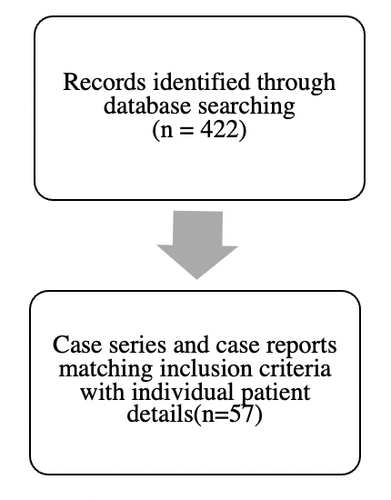-
Home
-
About JCTR
-
Gold Open Access
-
Issues
-
Editorial board
-
Author guidelines
-
Publication fees
-
Online first
-
Special issues
-
News
-
Publication ethics
-
Partners
-
Submit your manuscript
-
Submit your review report
-
Editorial Office
-

This work is licensed under a Creative Commons Attribution-NonCommercial 4.0 International License. ISSN print: 2382-6533 ISSN online: 2424-810X
Volume 7 Issue 6
A review of the presentation and outcome of left ventricular thrombus in COVID-19 infection
Anil Mathew Philip*, Lina James George, Kevin John John, Anu Anna George, Jemimah Nayar, Kamal Kant Sahu, Vijairam Selvaraj, Amos Lal, Ajay Kumar Mishra
Philip et al. J Clin Transl Res 2021; 7(6):8
Published online: November 6, 2021
Abstract
Background: Cardiovascular complications of the Coronarvirus disease (COVID-19), which is caused by the severe acute respiratory syndrome coronavirus 2 (SARS- CoV-2), have been documented both in the acute phase and in convalescence. One such complication is the formation of left ventricular (LV) thrombus. There is a lack of clarity regarding the incidence, risk factors and management of this complication.
Aim: To identify the clinical presentation, risk factors and outcome of COVID-19 patients with Left ventricular thrombus (LVT).
Methods: A literature search was conducted to identify all case reports of COVID-19 with LVT in PubMed /Medline, Embase, Web of Science and Google Scholar.
Results: Among the 65 patients identified, 60 had LVT, either at admission, or during the acute phase of the illness. Six patients with mild symptoms during the acute phase of viral illness had only the COVID-19 antibody test positivity at the time LV thrombus was detected. Few of the patients (23.1%) had no comorbidities. The mean age of the patients was 52.8 years, and the youngest patient was four years old. This suggests that LVT formation can occur in young COVID-19 patients with no co-morbid conditions. Most of the patients (69.2%) had more than one site of thrombosis. A mortality rate of 23.1% was observed in our review, and ST-elevation myocardial infarction (STEMI) was diagnosed in 33.3% of those who died.
Conclusions: A high degree of suspicion for LVT must be maintained in patients with known cardiac disease and those with new-onset arterial or venous thromboembolism, and such patients may benefit from a screening echocardiography at admission.
Relevance for patients: Patients with preexisting cardiovascular disease must take added precautions to prevent acquiring COVID-19 infection as there is a higher risk of developing LV thrombus. In patients who develop LVT in COVID-19, mortality rate is higher.

DOI: http://dx.doi.org/10.18053/jctres.07.202106.008
Author affiliation
1. Department of Medicine, St. Thomas Mission Hospital, Kattanam, India
2. Department of Pulmonary Medicine, DR KM Cherian Institute of Medical Sciences, Kallissery, India
3. Department of Critical Care, Believers Church Medical College Hospital, Thiruvalla, Kerala, India
4. Department of Internal Medicine, Saint Vincent Hospital, Worcester, Massachusetts, USA 01608
5. Department of Nuclear Medicine, Christian Medical College, Vellore, India
6. Division of Hematooncology, Huntsman Cancer Institute, University of Utah
7. Internal Medicine,Warren Apert School of Brown University, Miriam Hospital, 164 Summit Ave, Providence, RI 02906
8. Department of Medicine, Division of Pulmonary and Critical Care Medicine, Mayo Clinic, 200 1st St SW, Rochester, MN 55905, United States
9. Department of Internal Medicine, Division of Cardiology, Saint Vincent Hospital, Worcester, Massachusetts, USA 01608
*Corresponding author
Anil Mathew Philip
Department of Medicine, St. Thomas Mission Hospital, Kattanam, India
Email: anilmathewp@gmail.com
Handling editor:
Michal Heger
Department of Pharmaceutics, Utrecht University, the Netherlands
Department of Pharmaceutics, Jiaxing University Medical College, Zhejiang, China

